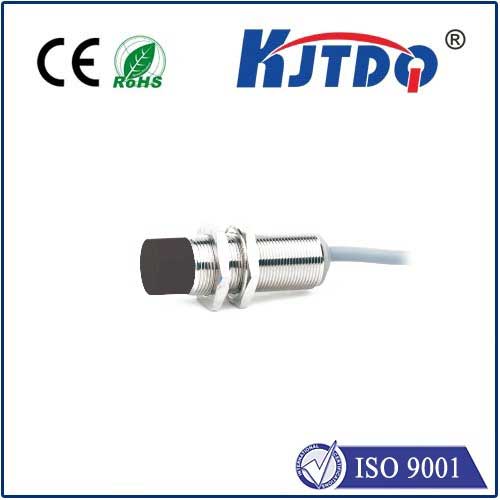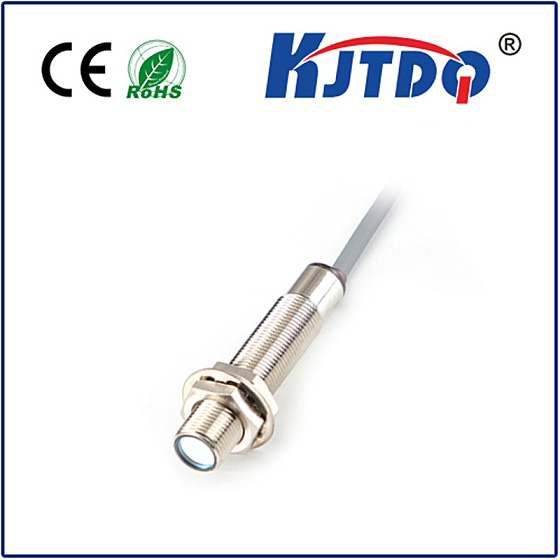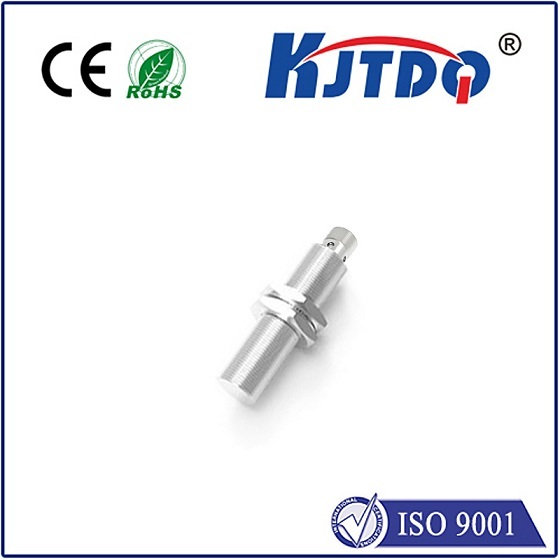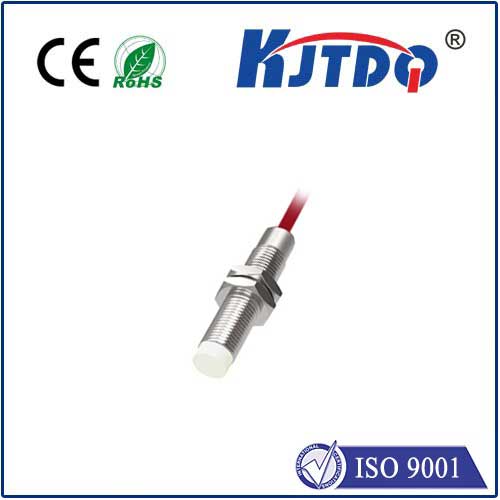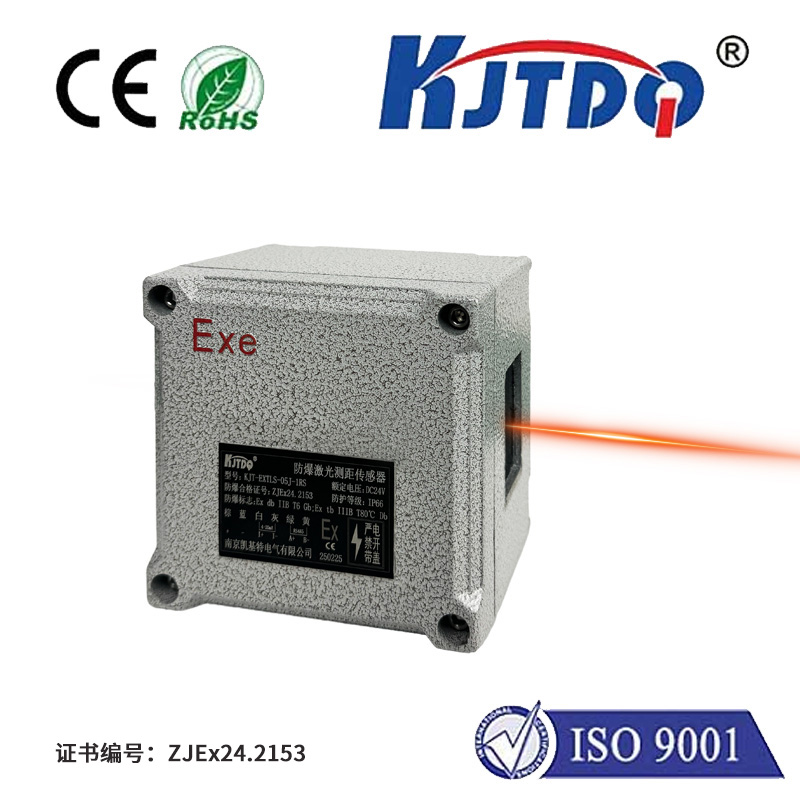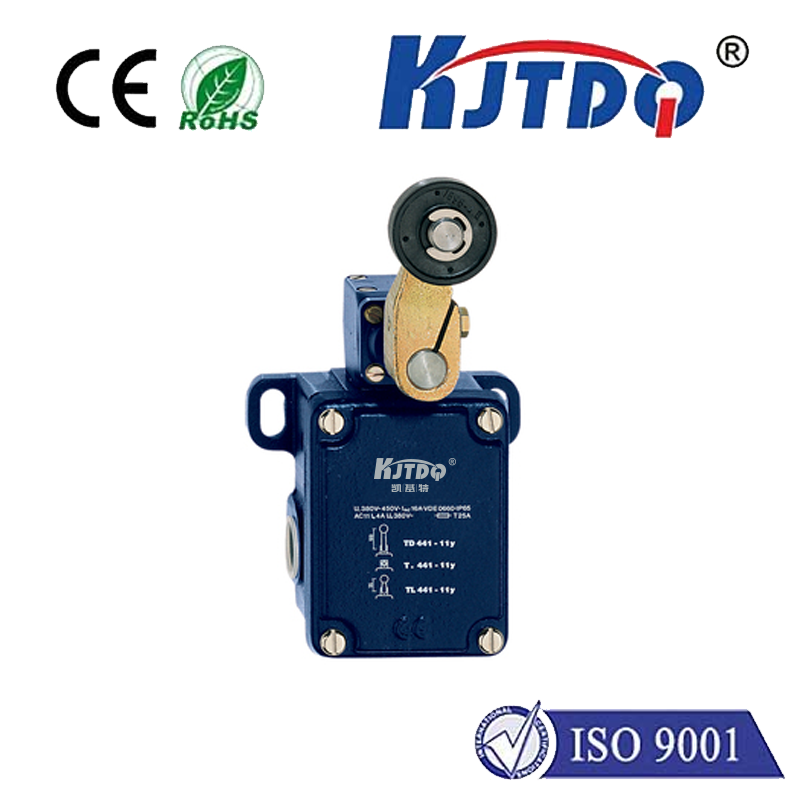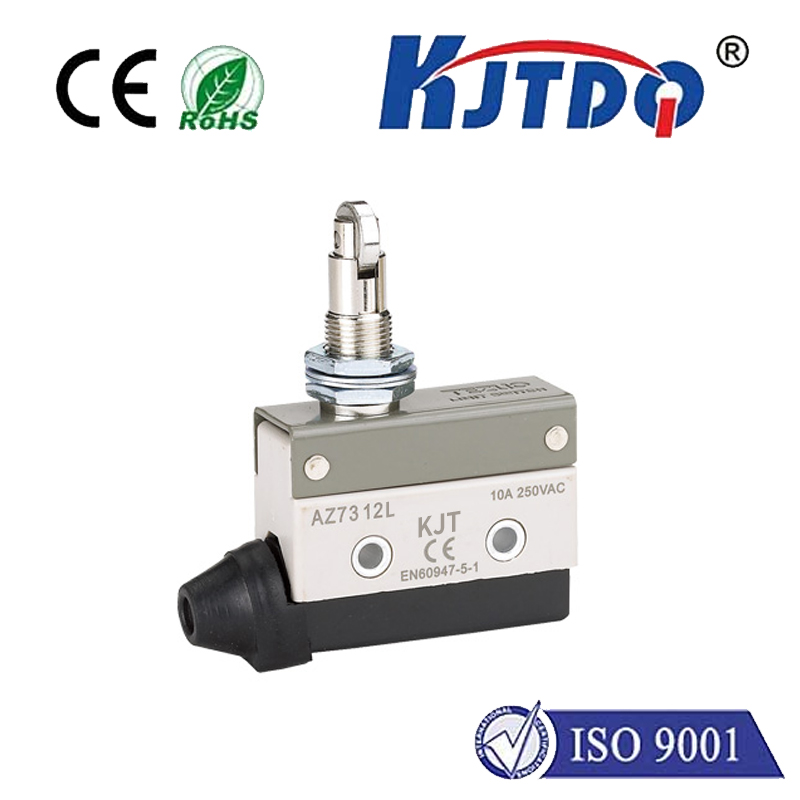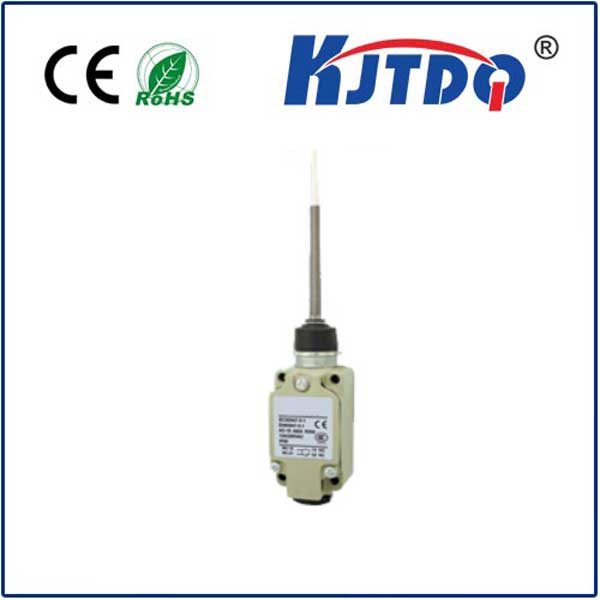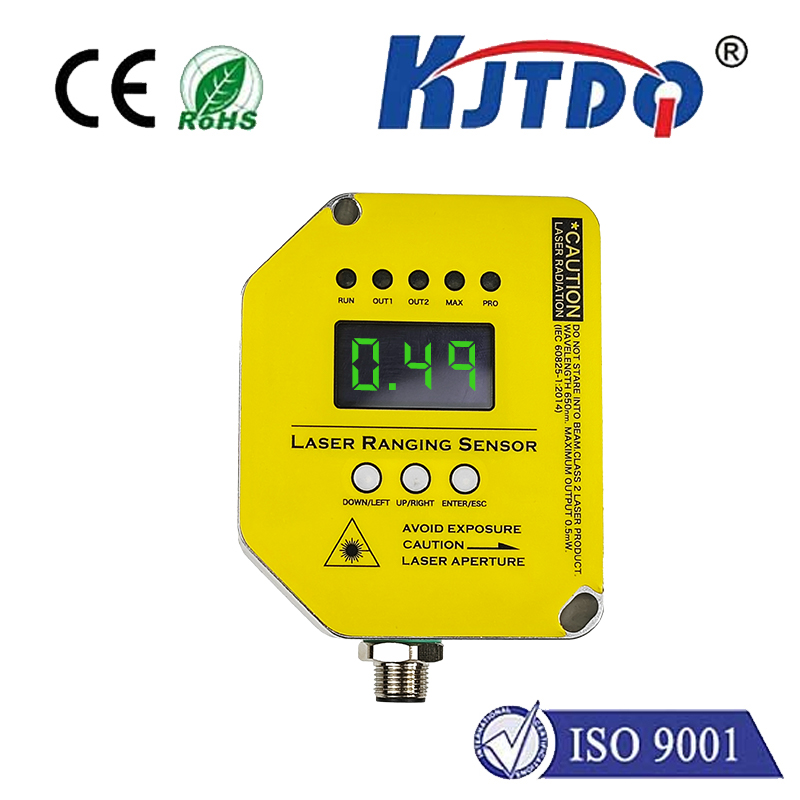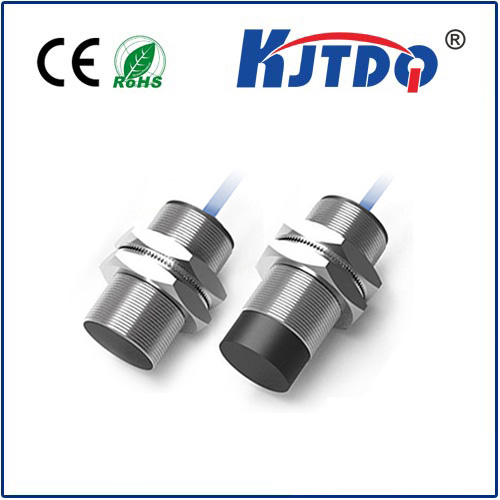конденсаторный датчик занятости
- time:2025-07-08 01:45:41
- Нажмите:0
How Capacitive Occupancy Sensors Enable Touchless Presence Detection
Think about the spaces you occupy daily – your office chair, your car seat, the sofa at home. How does the environment know you’re there? Increasingly, the answer lies not in cameras or pressure mats, but in an invisible electric field woven into the fabric of our world. Capacitive occupancy sensors represent a sophisticated, non-intrusive technology revolutionizing how systems detect human presence, driving efficiency and safety across countless applications. Forget bulky mechanisms; these sensors operate silently, sensing the subtle electrical properties of the human body itself.
At its core, a capacitive sensor exploits the principle of capacitance – the ability of two conductive objects separated by an insulator to store an electrical charge. When a person enters the electric field generated by the sensor’s electrode, their body (essentially a conductive object) alters the capacitance between the electrode and ground. The sensor’s electronic circuitry meticulously monitors this change. Crucially, this detection happens without any physical contact, relying solely on the proximity and dielectric properties of the target. This touchless operation is fundamental to the technology’s versatility and reliability.

So, what makes capacitive sensors stand out in the crowded field of presence detection?
- Unrivaled Stationary Detection: Unlike Passive Infrared (PIR) sensors, which primarily detect movement and heat signatures, capacitive sensors excel at sensing stationary occupants. Whether you’re deeply focused at your desk, asleep in bed, or sitting perfectly still in a vehicle, the capacitive field reliably confirms your presence. This is a game-changer for energy management and safety systems requiring constant awareness.
- Material Versatility: The sensor electrodes can be discreetly integrated behind or within non-conductive materials like wood, plastic, glass, laminate, fabric, and even upholstery foam. This enables seamless, aesthetically pleasing installations where bulky sensors would be intrusive or impractical. Imagine sensors hidden within a car seat cushion or beneath a luxury desk surface.
- Robust Against Environmental Factors: Capacitive sensing is generally immune to the effects of ambient light (unlike camera-based systems), temperature variations (within operational ranges), and non-human heat sources like machinery. Dust and moderate levels of dirt don’t typically interfere with the core electrical field detection, enhancing long-term reliability.
- Долговечность: With no moving mechanical parts to wear out and no optical lenses to clean or obscure, capacitive sensors boast impressive longevity and reduced maintenance needs compared to many alternatives.
These advantages translate into transformative capacitive sensor applications across diverse sectors:
- Smart Building & Energy Efficiency: This is perhaps the most widespread use. Capacitive desk occupancy sensors reliably detect seated occupants, enabling lighting and HVAC systems to automatically power down in unoccupied spaces. Integrated into meeting room chairs or sofas, they prevent systems from shutting off during long, motionless sessions. The result? Significant energy savings without compromising occupant comfort.
- Automotive Safety & Comfort: Vehicle occupancy detection is critical. Capacitive sensors integrated into car seats provide highly accurate passenger presence detection, ensuring airbags deploy only when necessary (a vital safety feature) and enabling features like seatbelt reminders. They can also enable personalized comfort settings based on who is seated where.
- Automated Toilets & Faucets: Providing touchless detection in high-traffic and hygiene-sensitive environments. Sensors behind panels detect a person approaching or seated, triggering flushing mechanisms without physical contact.
- Smart Furniture & Beds: In residential and healthcare settings, capacitive sensors embedded in beds or chairs can monitor occupancy, potentially alerting caregivers if an elderly or vulnerable person leaves unexpectedly or hasn’t moved for an unusual period. They can also automate adjustments for comfort.
- Appliance Control: Integrated into kitchen countertops or appliances to enable proximity-based activation or prevent operation when no user is present.
- Промышленная автоматизация: Used for presence verification on assembly lines, guarding machinery access points, or ensuring operator presence at critical stations, enhancing safety and process control.
While powerful, it’s important to understand the context. Capacitive sensors may not perceive very thin layers of highly insulating material as effectively. Precise calibration is also essential to differentiate between a human occupant and other large objects (like a heavy box on a chair) and to avoid false triggers from close proximity without direct presence. This is where sophisticated signal processing algorithms are vital. Furthermore, factors like seat dampness (significantly altering conductivity) require careful design consideration in specific applications like automotive seating.
The evolution of capacitive sensing continues. Advancements focus on higher sensitivity for detection through thicker materials or at greater distances, enhanced signal processing to filter out environmental noise and improve object discrimination, and increased integration capabilities with other sensor types (like PIR) for multi-factor verification. Microcontroller integration is also driving down costs and simplifying deployment. As the demand for smarter, more responsive, and energy-efficient environments grows, capacitive occupancy sensors will increasingly become the invisible backbone enabling touchless interaction and intelligent automation.
From silently conserving energy in smart offices to ensuring critical safety features activate correctly in our vehicles, capacitive occupancy sensors prove that sometimes the most powerful technology is the one you never see or touch. Their ability to reliably detect stationary presence through materials, without contact, makes them an indispensable tool in building the responsive environments of the present and the future.

